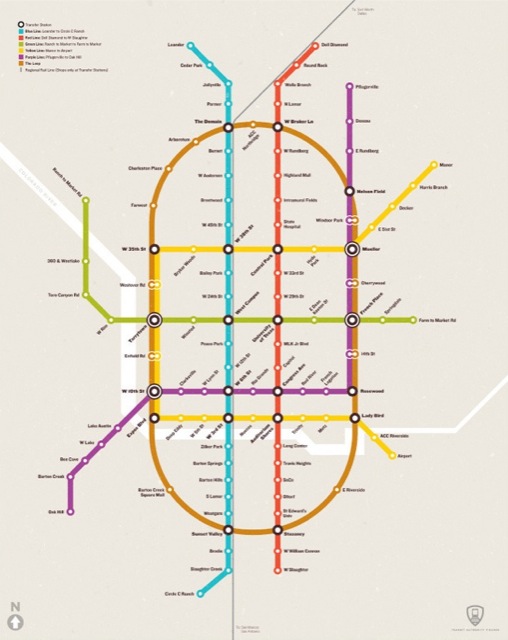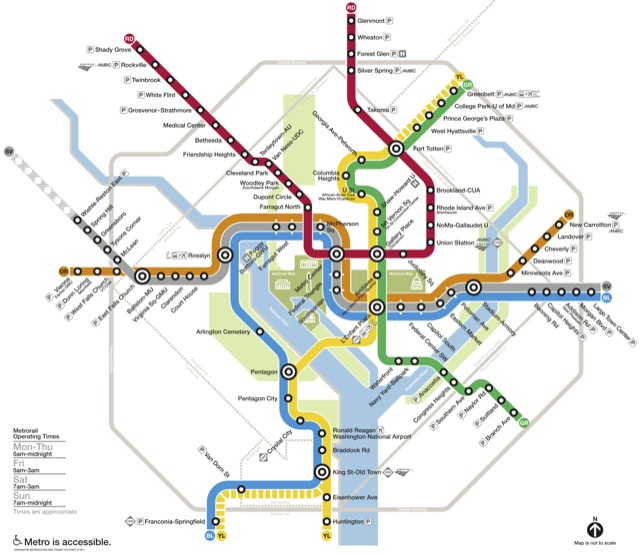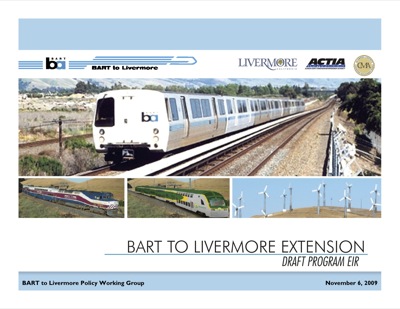The average cost of light-rail construction has grown to nearly $200 million per mile, according to data in the Federal Transit Administration’s 2016 proposal for capital grants to transit agencies under the “New Starts/Small Starts” program. This is up from $176 million a mile in the 2015 plan.
San Diego, which started the light-rail craze when it built the nation’s first modern light-rail line in 1981 at an average cost of well under $10 million per mile–less than $18 million per mile in today’s dollars–wants to spend $194 million per mile on a new Mid-Coast line. Boston, which can’t afford to maintain its existing increasingly decrepit rail system, wants to spend $489 million per mile on a 4.7-mile extension of one of its light-rail lines. The least-expensive light-rail line in the budget is a 2.3-mile extension to an existing light-rail line in Denver costing a mere $98 million per mile, nearly twice as much as the least-expensive new light-rail line in the 2013 plan.
Streetcars, which were supposed to be cheap, are costing an average of $59 million a mile, up from $46 million a mile in last year’s plan. That’s less than a third the average cost of light rail today, but still more than three times as expensive as San Diego’s original light-rail line. (I’m counting the Tacoma rail line as a streetcar, as it uses equipment that is nearly identical to the Portland streetcar; Sound Transit and the FTA call it light rail mainly to justify taxing Tacoma residents to help pay for the outrageously expensive light-rail lines being built in Seattle.) The FTA proposes to fund another streetcar line in Charlotte, and streetcars in Sacramento and Fort Lauderdale are also in the plan though not recommended for immediate funding.










